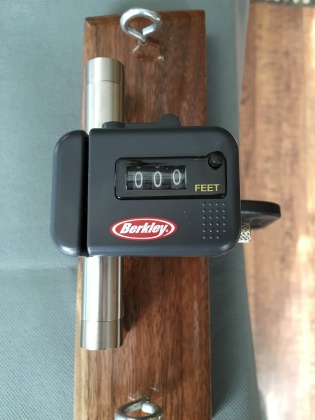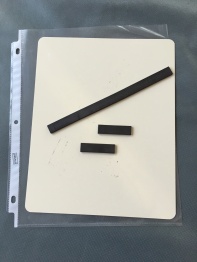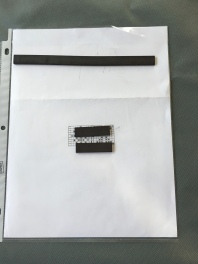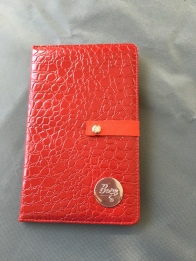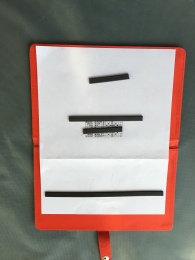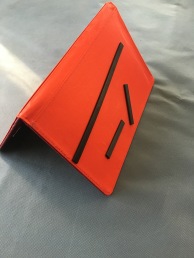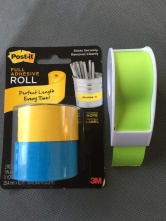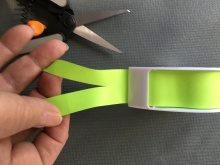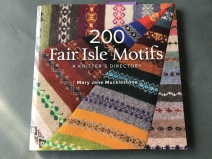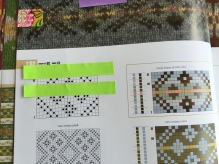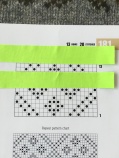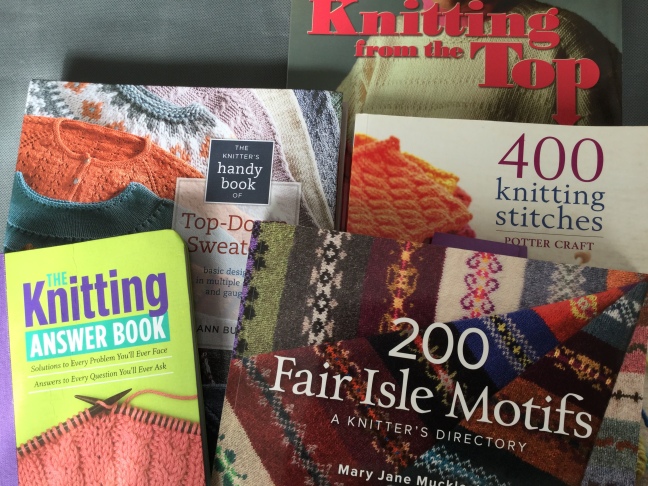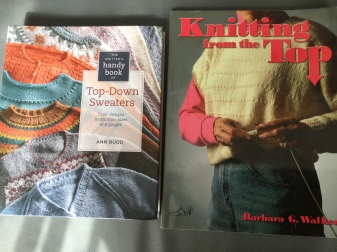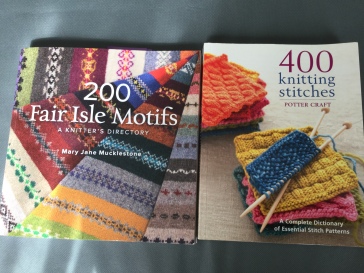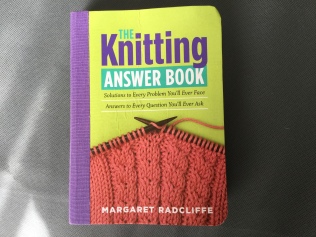I’m not a knitting historian but somewhere back in time our knitting ancestors got by just fine with a couple of sharp sticks of about the same diameter. They figured out how big stuff would be using their particular set of needles and their particular tension and even their particular homespun yarn.
Lucky for us all that has changed and we can buy beautiful standardized needles in nearly endless varieties.
Try them. Try them and find the ones you love.
I have knitted with straight aluminum needles, circular aluminum needles, plastic varieties of both and bamboo varieties of both. I have used interchangeable circulars and single sized circulars. I can’t even remember all the brands.
I finally settled on what works for me.
And the winner is . . .
Knit Picks Circulars. (http://knitpicks.com) Single size for those too small to be interchangeable and interchangeable for all the available sizes.
This is a sampling:
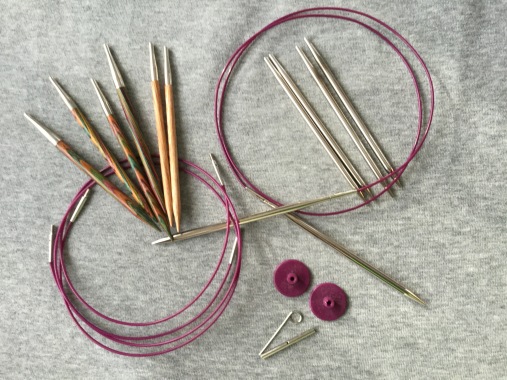
I knit everything with these needles. Everything.
First and maybe most important, these needles are affordable. They’re comparable in price to needles you can buy in craft stores. You don’t have to pay a premium to get these high quality needles.
Next, the cables are super flexible which is a big deal when you’re using the magic loop technique.
They have a needle type for every need. I have two complete sets. One set of nickel plated tips for speedy, smooth knitting. One set of rainbow wood tips for those times when you want your needles to “hold” the yarn a little better like cables or lace. I’ve recently picked up a few Sunstruck wood tips just because I think they’re pretty. Ditto the Caspian wood tips. (I can justify the Sunstruck because they’ll provide a little more contrast with darker yarn.)
The quality is great. I knit a lot. Socks, sweaters, scarves, blankets, hats, and on it goes. I’ve never replaced a tip. I’ve had one cable break at the joint from wear which wasn’t a big deal because the replacement cables are not expensive.
Which brings me to my next point. The cables come in any length you need and the price means having multiple options won’t break your bank.
I said I knit everything on circulars and I do. I don’t need to have straights, DPNs and circulars when I can do the job with circulars alone. Learning the Magic Loop technique changed my life. Really. Find a video on YouTube and learn it. Knit Picks Tutorial It’ll change your life too.
